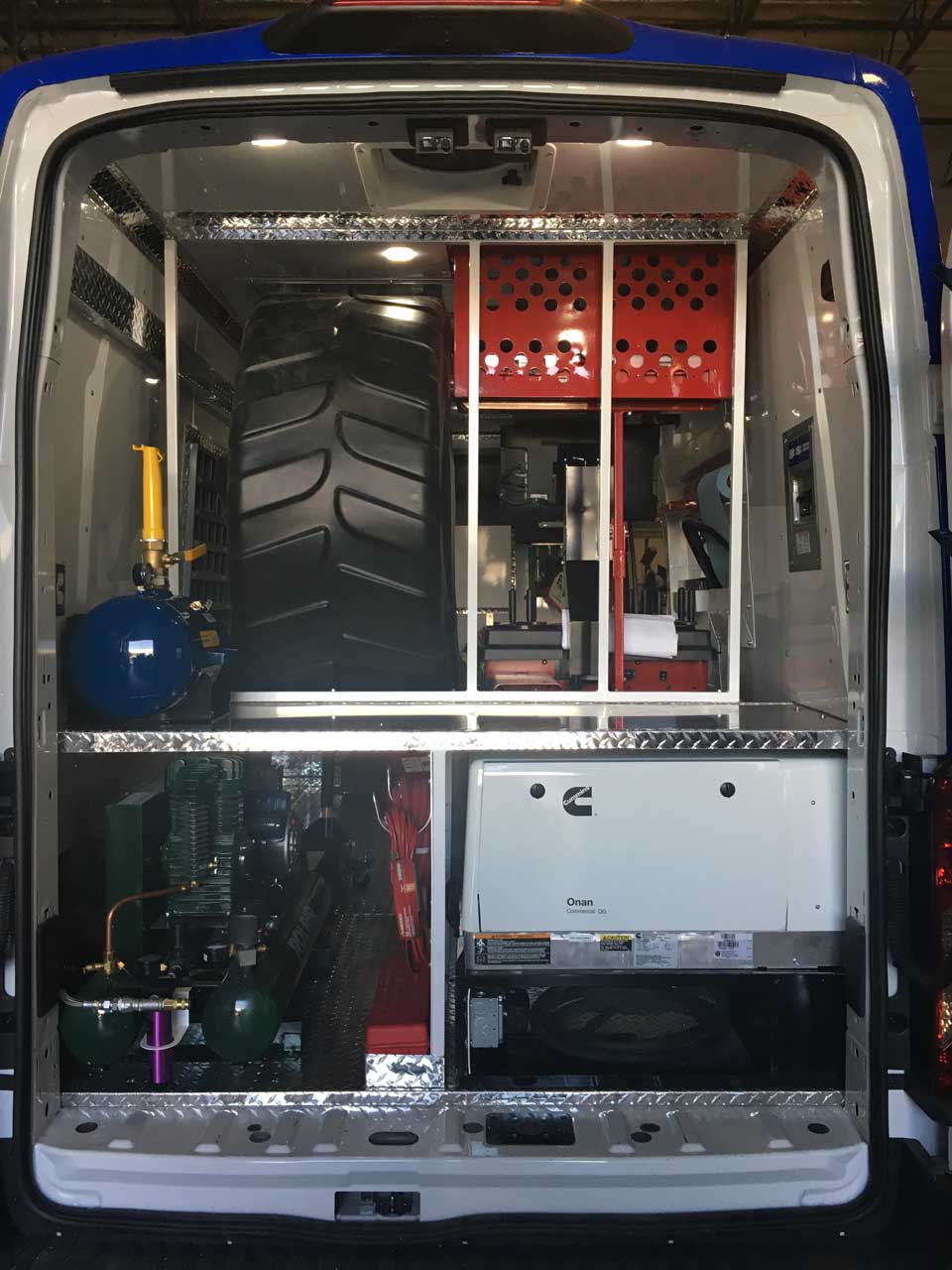Budget Friendly Mobile Tire Replacement Las Vegas - Call Now!
Budget Friendly Mobile Tire Replacement Las Vegas - Call Now!
Blog Article
Tire Solution: Proven Methods for Optimum Tire Maintenance and Care
Keeping optimum tire problem is extremely important for both safety and security and efficiency of any kind of car. From guaranteeing appropriate tire pressure to routine rotation and alignment, there are tested approaches that can dramatically expand the life-span of your tires and enhance general driving experience. As we discover the details of tire treatment and upkeep, we will certainly uncover vital guidelines that every car owner need to follow for the very best possible results. Allow's dive right into the world of tire solution and discover the keys to keeping your tires in excellent form for the long run.
Importance of Tire Pressure
Appropriate tire stress is a vital consider making sure optimal vehicle efficiency and security when driving. Preserving the advised tire stress degrees offered by the maker uses numerous advantages. To start with, appropriate tire pressure advertises much better gas effectiveness, as under-inflated tires can cause boosted rolling resistance, creating the engine to work more difficult and consume more gas. Second of all, correct tire stress makes sure also tread wear, boosting tire long life and saving cash in the lengthy run by postponing the need for early substitutes. In addition, appropriately blew up tires add to enhanced handling and stopping capabilities, critical for risk-free driving in different road conditions. Over-inflated tires, on the other hand, can result in lowered traction and a harsher ride. Conversely, under-inflated tires are susceptible to getting too hot, which can result in blowouts and crashes. Frequently adjusting and examining tire stress, especially soon journeys, is a basic yet effective method to improve car efficiency, extend tire life expectancy, and prioritize safety when traveling.
Tire Rotation Guidelines
When thinking about tire rotation guidelines, it is important to recognize the relevance of this maintenance task in optimizing tire life expectancy and keeping ideal automobile performance. Tire turning involves transforming the setting of each tire on a vehicle to make sure also walk wear. Front tires have a tendency to use quicker than rear tires because of guiding pressures, making regular turning crucial for balanced wear patterns. The suggested rotation pattern varies depending upon whether an automobile is front-wheel, rear-wheel, all-wheel, or 4x4. Normally, tires should be rotated every 5,000 to 7,500 miles, or as advised in the lorry handbook. Overlooking tire rotation can cause irregular wear, influencing handling, traction, and potentially compromising automobile safety. By adhering to correct rotation guidelines, motorists can expand the life of their tires, enhance fuel effectiveness, and boost overall driving experience. Routine rotation is a straightforward yet efficient maintenance technique that adds significantly to tire durability and car performance.

Benefits of Wheel Placement
Ensuring appropriate wheel positioning after tire turning is crucial for maintaining well balanced wear patterns and taking full advantage of lorry efficiency. Wheel placement refers to the change of the angles of the wheels to the supplier's specifications. Among the vital advantages of wheel placement is improved handling and guiding action. When the wheels are correctly straightened, it lowers guiding effort, ensuring a smoother and more regulated driving experience. Furthermore, appropriate wheel positioning helps to prolong the life expectancy of your tires. Misaligned wheels can trigger uneven tire wear, leading to premature tire replacement and boosted maintenance costs.

Tire Footstep Depth Examine
Performing a normal inspection of tire walk depth is essential for preserving secure driving problems and extending the lifespan of your tires. The step on your tires plays a vital duty in offering grip, particularly in slippery or damp problems. To check your tire walk deepness, you can make use of a step deepness scale or the dime test. The advised step depth is at least 2/32 of an inch. It is time to change your tires to ensure ideal performance and safety on the road if the tread depth is below this limit. Irregular walk wear can suggest problems with tire suspension, pressure, or alignment, highlighting the importance of normal tread depth checks. Ignoring to keep an eye on and preserve correct step depth can bring about lowered grasp, longer braking distances, and a raised risk of hydroplaning. By integrating tire tread deepness explore your routine upkeep schedule, you can drive with confidence recognizing that your tires remain in leading condition.
Seasonal Tire Evaluation
Seasonal tire evaluation is a fundamental element of tire maintenance that ensures tires are prepared to face the obstacles postured by different weather conditions. In preparation for winter months, it is vital to check the tire stress routinely as cold temperature levels can his explanation trigger tire pressure to go down. By conducting regular seasonal tire examinations, chauffeurs can prolong tire lifespan, boost gas efficiency, and most significantly, make sure a safe driving experience in varying weather condition conditions.
Conclusion
Finally, preserving appropriate tire pressure, revolving tires regularly, aligning wheels appropriately, keeping an eye on step deepness, and conducting seasonal inspections are crucial methods for optimum tire treatment. By adhering to these verified methods, motorists can ensure their tires last longer, carry out much better, and add to total vehicle safety and security. It is essential to prioritize tire maintenance to stop mishaps, boost fuel effectiveness, and prolong the lifespan of tires.
Ample tire pressure advertises far better fuel effectiveness, as under-inflated tires can lead to raised rolling resistance, triggering the engine to work more difficult and eat more fuel.When considering tire turning guidelines, it is important to recognize the importance of this maintenance job in taking full advantage of tire look at this now life-span and preserving optimum lorry performance. Seasonal tire assessment is a fundamental facet of tire maintenance that makes certain tires are all set to deal with the difficulties postured by different weather condition conditions. By carrying out regular seasonal tire inspections, drivers can lengthen tire life expectancy, boost fuel effectiveness, and most why not check here notably, make sure a secure driving experience in varying weather conditions.
In verdict, keeping proper tire stress, turning tires consistently, lining up wheels appropriately, checking tread depth, and carrying out seasonal examinations are essential techniques for optimum tire treatment.
Report this page